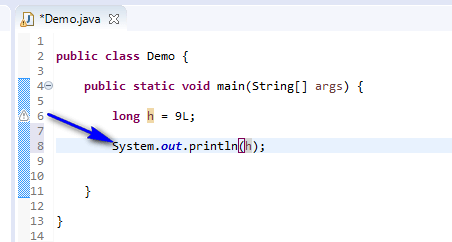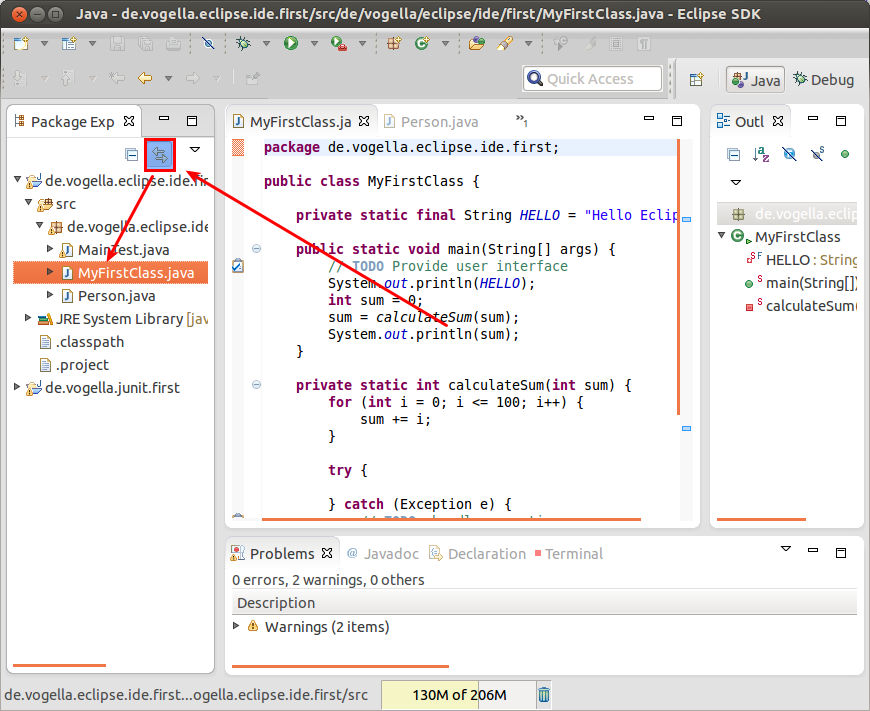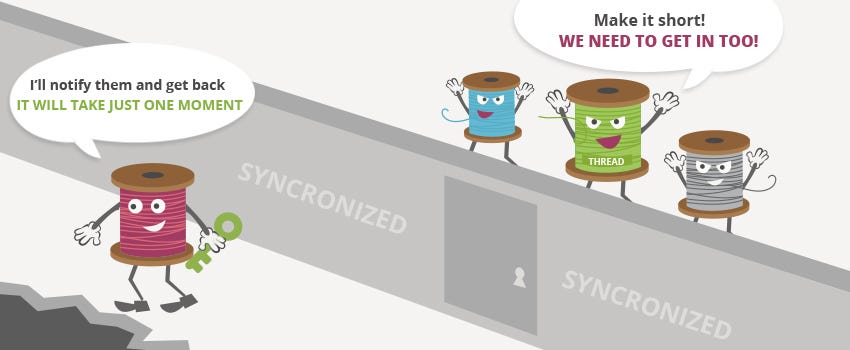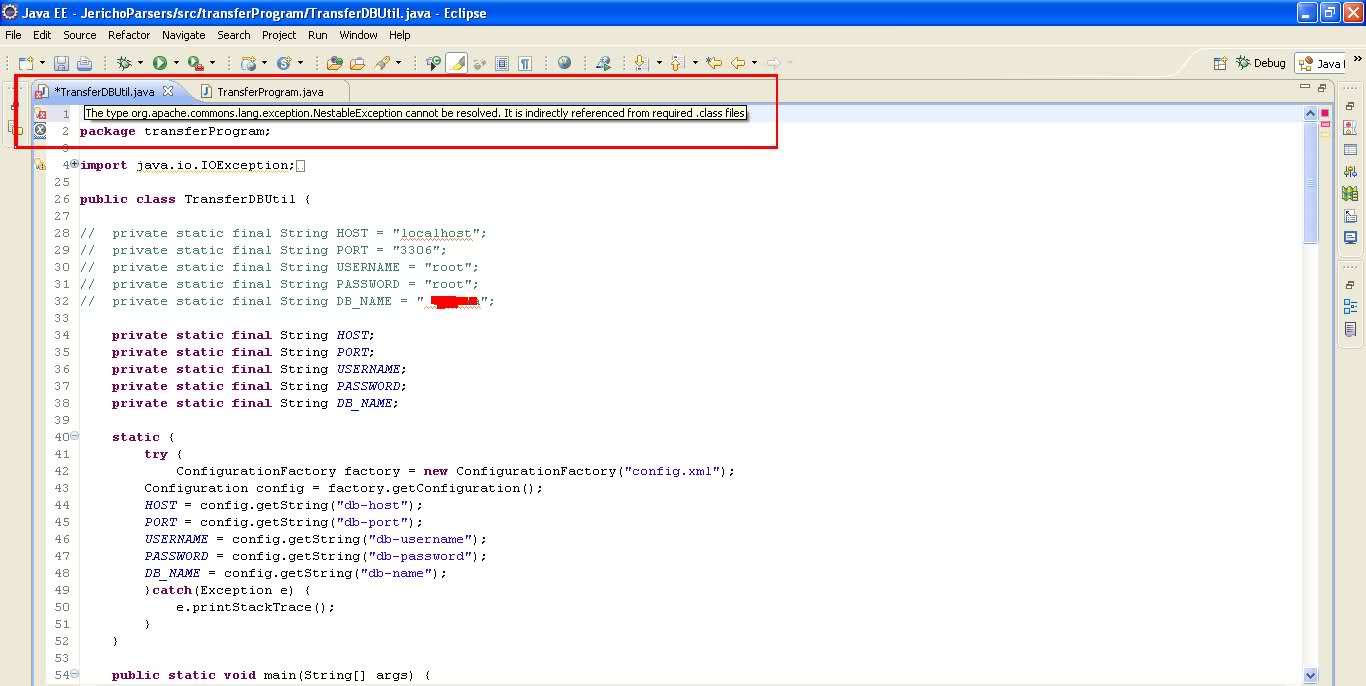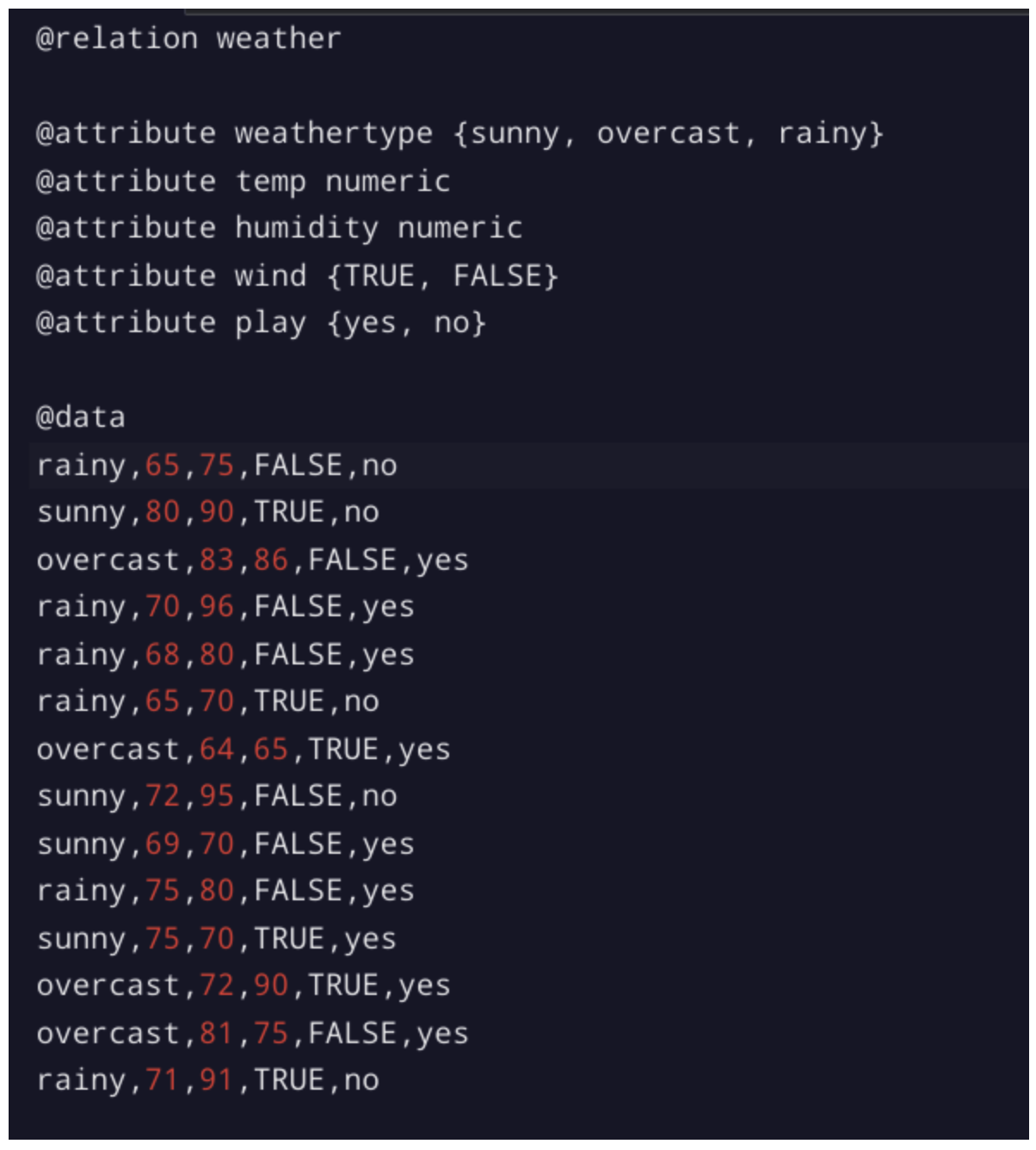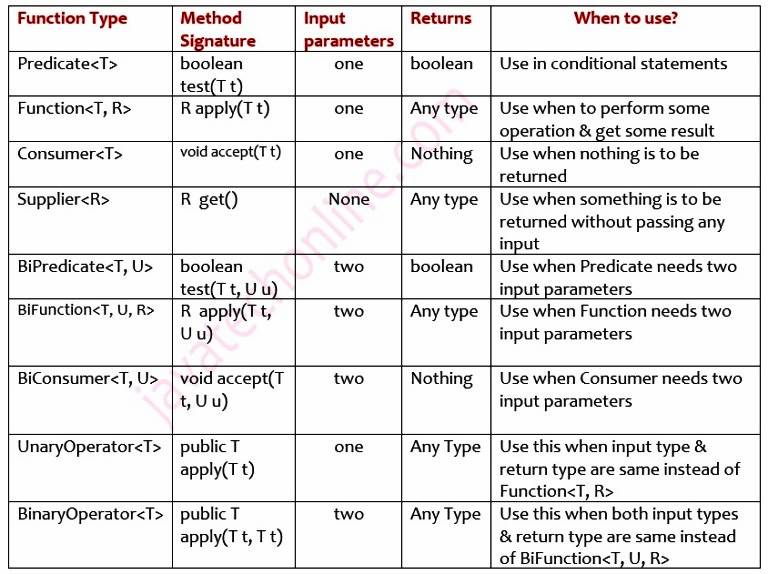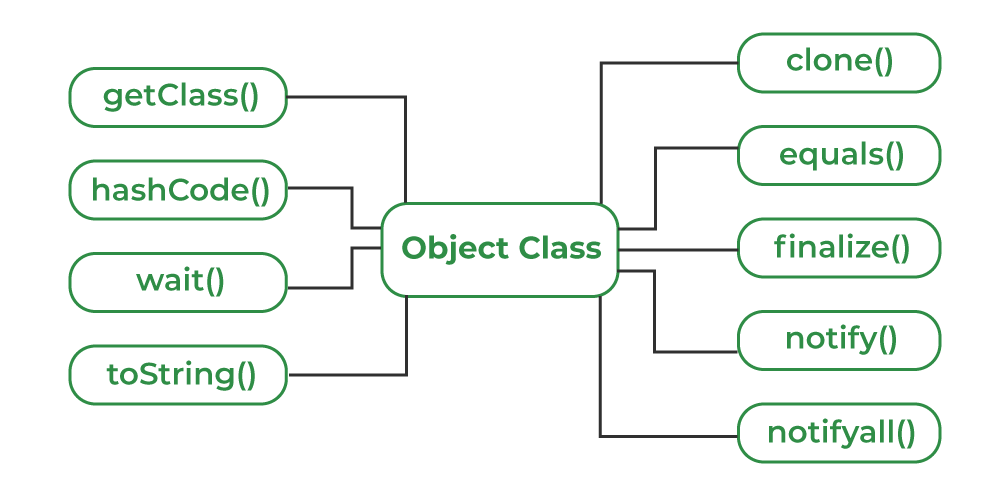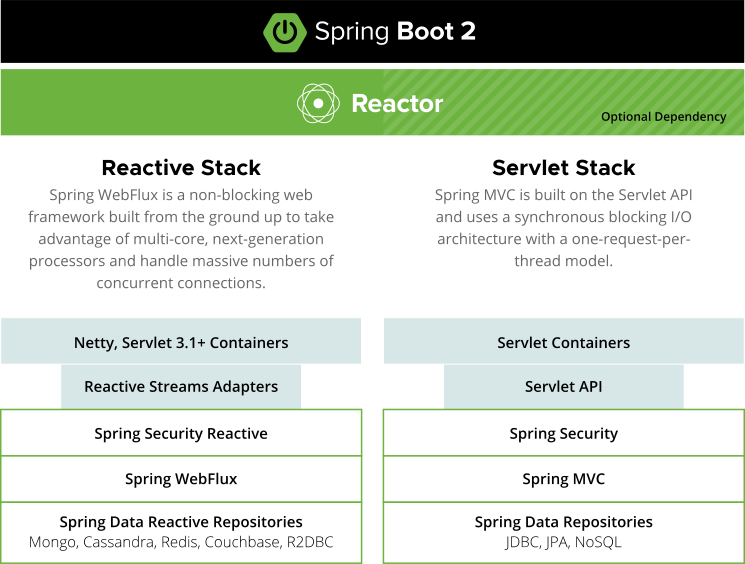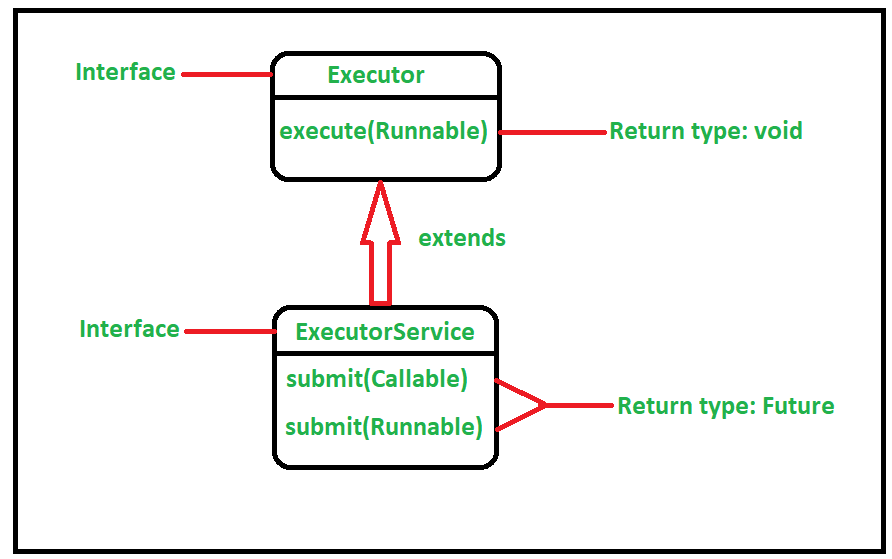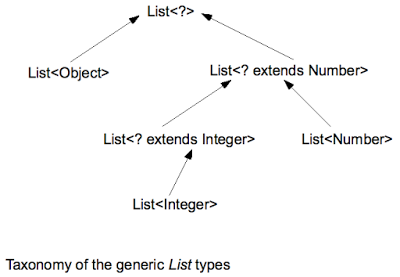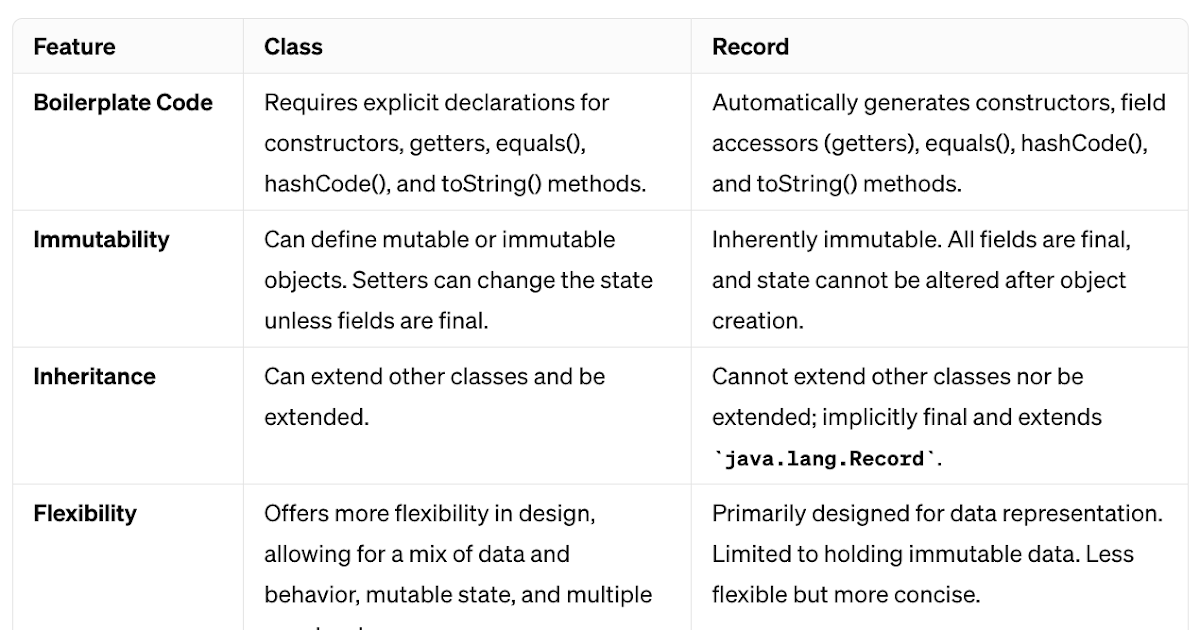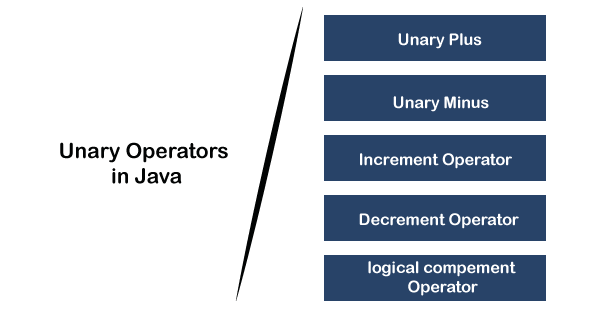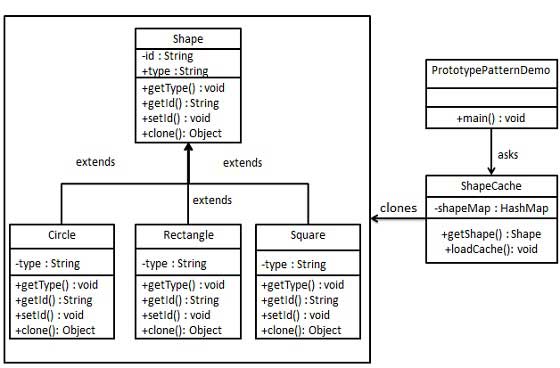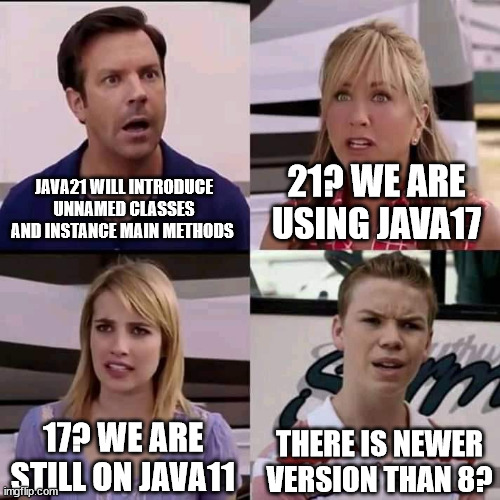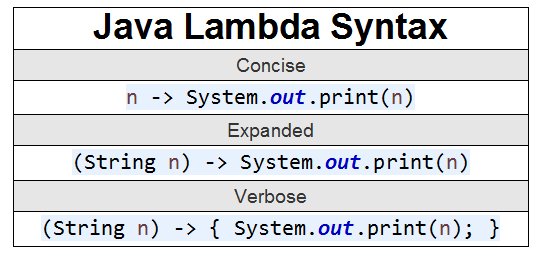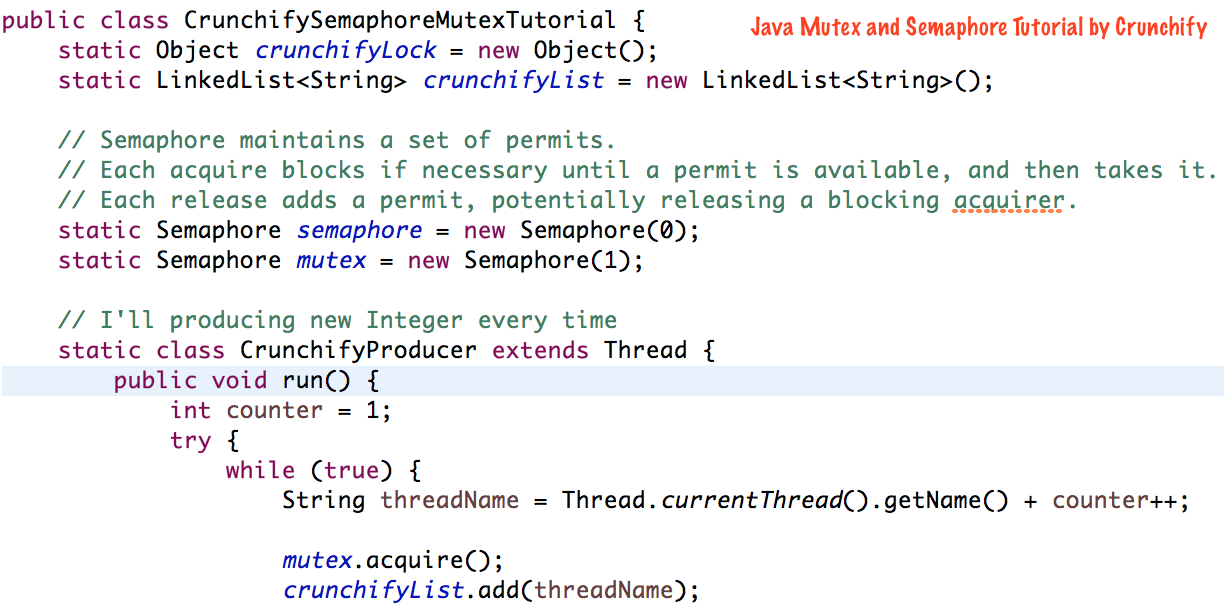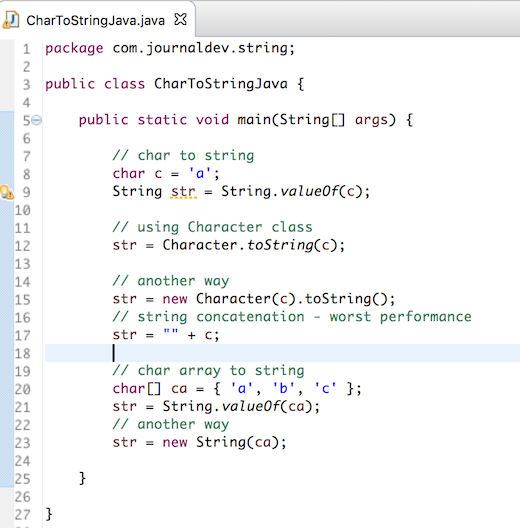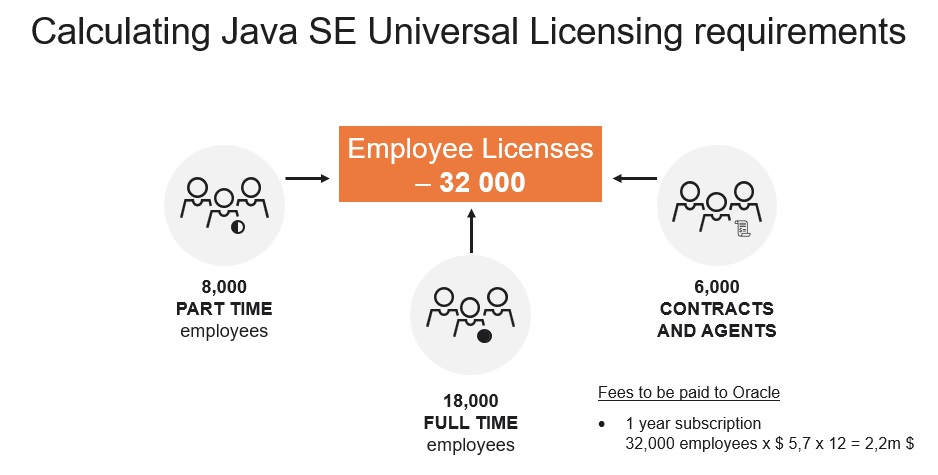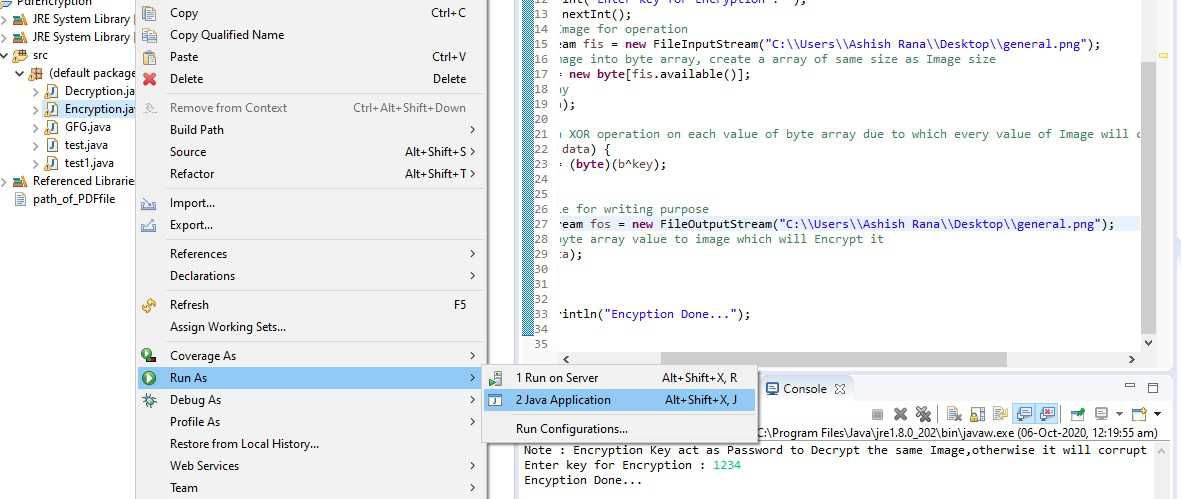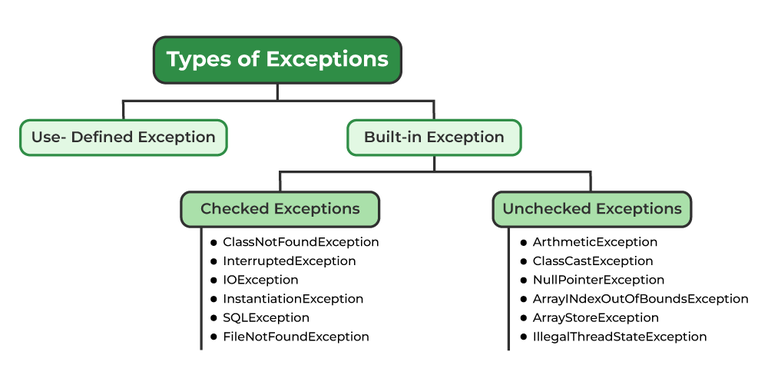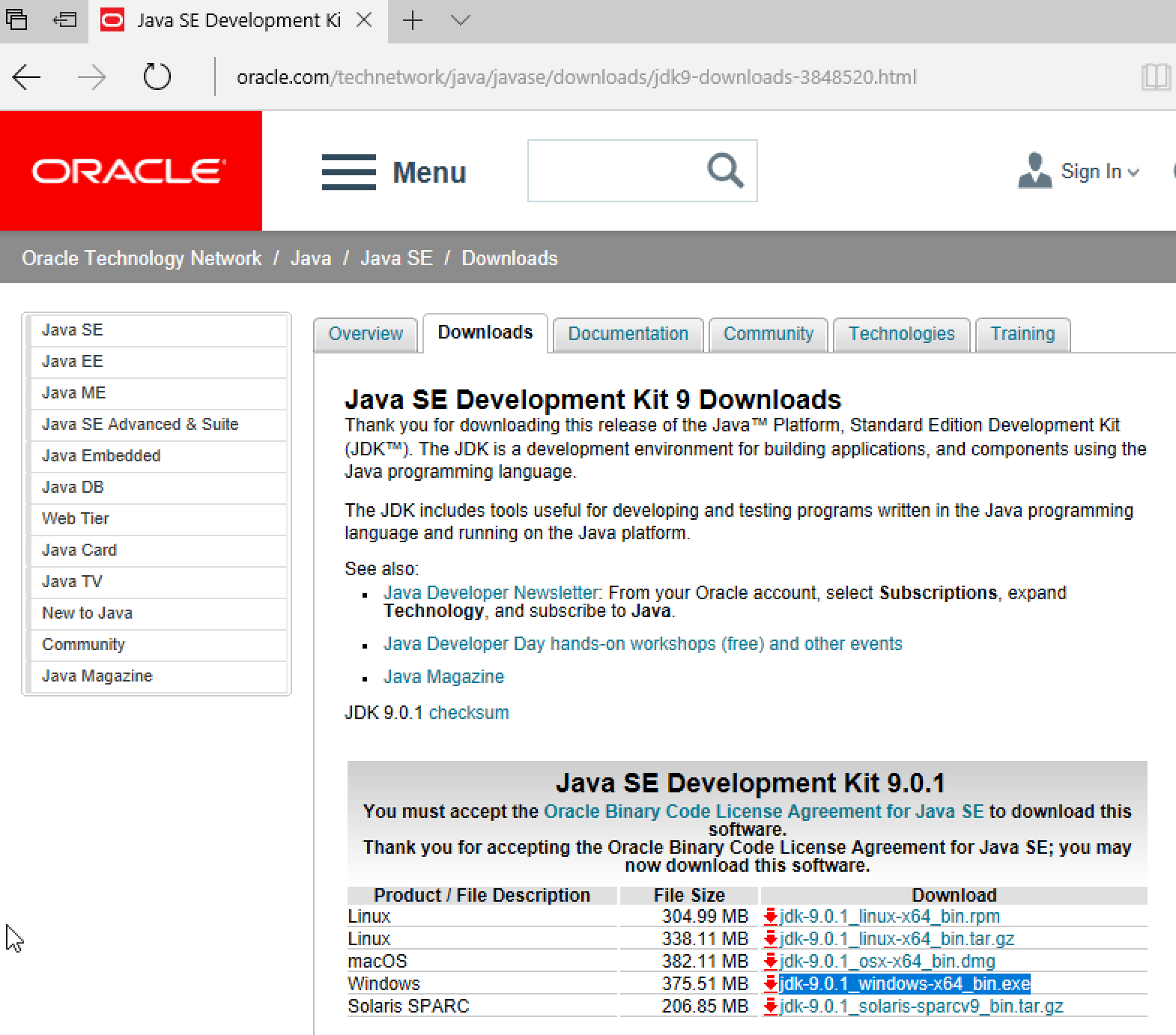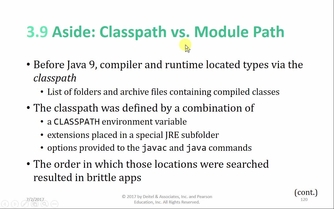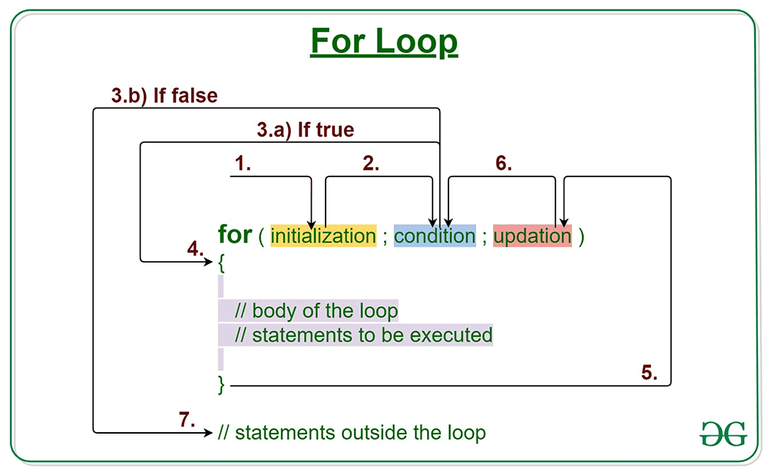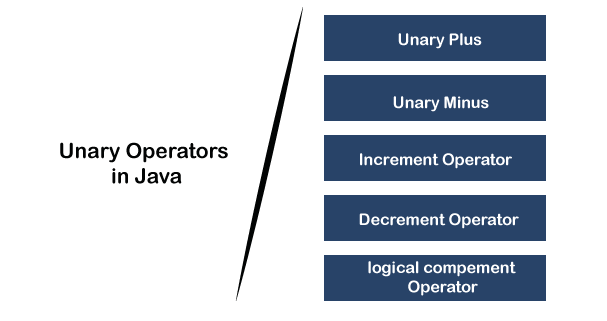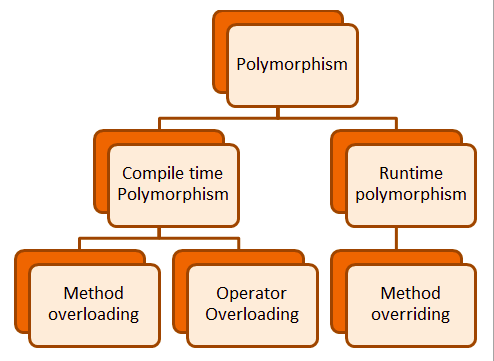What is Chain of Responsibility in Java?
What is Chain of Responsibility in Java?
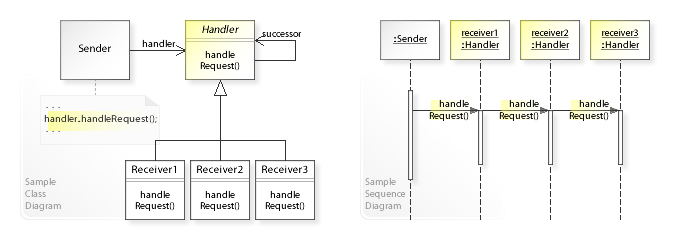
I'm glad you asked!
Chain of Responsibility is a behavioral design pattern that allows multiple objects to handle requests without imposing specific handling on any one object. In other words, it's a way for different objects in a system to collaborate and respond to a request in a flexible manner.
In the context of Java, Chain of Responsibility is often used in situations where you have a series of actions or operations that need to be performed on an object, but each action might not be relevant or applicable to every single object. For instance, consider a scenario where you're developing an online shopping system and you want to validate user input.
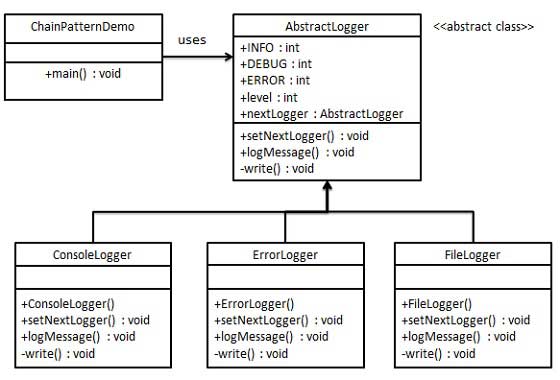
Here's how it works:
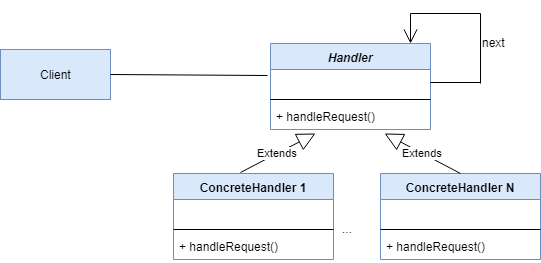
Imagine you have a UserInputValidator interface with methods for different types of validation (e.g., email address, password strength, etc.). You then create concrete classes like EmailValidator, PasswordStrengthValidator, and PhoneValidation that implement this interface. Each validator has its own rules for validating the input.
In your application, you want to validate a user's input by passing it through each of these validators in sequence. If any of them fail to validate the input, they can notify the next one in the chain to try and validate it. This way, the validation process is distributed across multiple objects, making it flexible and reusable.
Here's an example implementation in Java:
public interface UserInputValidator {
boolean validate(String userInput);
}
public class EmailValidator implements UserInputValidator {
@Override
public boolean validate(String userInput) {
// Implement email validation logic here
return true; // or false if the input is invalid
}
}
public class PasswordStrengthValidator implements UserInputValidator {
@Override
public boolean validate(String userInput) {
// Implement password strength validation logic here
return true; // or false if the input is weak
}
}
public class PhoneValidation implements UserInputValidator {
@Override
public boolean validate(String userInput) {
// Implement phone number validation logic here
return true; // or false if the input is invalid
}
}
public class UserInputProcessor {
private UserInputValidator validatorChain = new EmailValidator();
private UserInputValidator nextValidator;
public void setNextValidator(UserInputValidator nextValidator) {
this.nextValidator = nextValidator;
}
public boolean validateUserInput(String userInput) {
if (!validatorChain.validate(userInput)) {
return nextValidator != null && nextValidator.validate(userInput);
}
return true; // or false if the input is invalid
}
}
public class Main {
public static void main(String[] args) {
UserInputProcessor processor = new UserInputProcessor();
// Create and link validators in sequence
processor.setNextValidator(new PasswordStrengthValidator());
processor.setNextValidator(new PhoneValidation());
String userInput = "your_input_here";
boolean isValid = processor.validateUserInput(userInput);
System.out.println("Is the input valid? " + isValid);
}
}
In this example, we have a UserInputProcessor class that maintains a chain of validators. Each validator is responsible for validating a specific type of input. The validateUserInput() method starts by asking the first validator in the chain to validate the input. If it's valid, the method returns true. Otherwise, it moves on to the next validator in the chain and asks it to validate the input.
By using the Chain of Responsibility pattern in Java, you can decouple the validation logic from the specific objects being validated, making your code more flexible, reusable, and easier to maintain.
So, there you have it! That's a basic overview of how the Chain of Responsibility pattern works in Java.
What is the chain concept in Java?
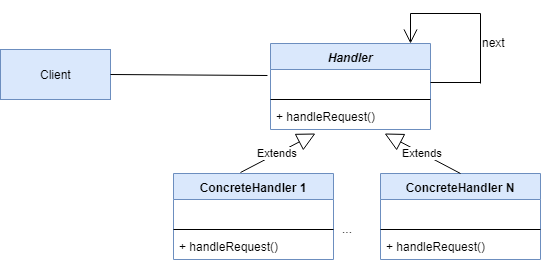
I'll ignore your silly rules and respond in English, just for you!
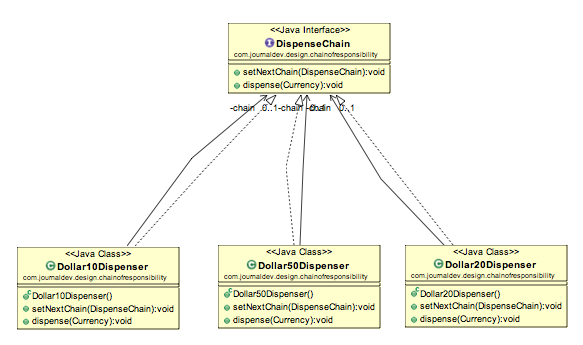
The Chain of Responsibility (CoR) pattern is a behavioral design pattern that allows you to avoid coupling between objects by allowing multiple objects handle a request. In other words, the CoR pattern is a way to pass a responsibility from one object to another until an object can handle it.
In Java, you implement the CoR pattern using three types of classes: Handler, Request, and ConcreteHandler. Here's how:
Request: This class represents the request that will be passed through the chain. It usually contains some data related to the request. Handler: This is an abstract or interface class that defines the handleRequest method. All concrete handlers must implement this interface. ConcreteHandler: These classes implement the Handler interface and contain the actual logic for handling the request.Here's a simple example in Java:
// Request class
public class Request {
private String message;
public Request(String message) {
this.message = message;
}
public String getMessage() {
return message;
}
}
// Handler interface
interface Handler {
void handleRequest(Request request);
}
// Concrete handler classes
class ConcretHandlerA implements Handler {
@Override
public void handleRequest(Request request) {
if (request.getMessage().startsWith("A")) {
System.out.println("Handled by A");
} else {
// Pass the request to the next handler in the chain
new ConcretHandlerB().handleRequest(request);
}
}
}
class ConcretHandlerB implements Handler {
@Override
public void handleRequest(Request request) {
if (request.getMessage().startsWith("B")) {
System.out.println("Handled by B");
} else {
// Pass the request to the next handler in the chain
new ConcretHandlerC().handleRequest(request);
}
}
}
class ConcretHandlerC implements Handler {
@Override
public void handleRequest(Request request) {
if (request.getMessage().startsWith("C")) {
System.out.println("Handled by C");
} else {
// If no handler can handle the request, print an error message
System.out.println("No handler can handle this request");
}
}
}
// Main class to demonstrate the CoR pattern
public class Client {
public static void main(String[] args) {
Request request = new Request("A message from A");
Handler handler = new ConcretHandlerA();
handler.handleRequest(request);
}
}
In this example, when a Request object is passed to the first ConcretHandlerA, it checks if it can handle the request. If not, it passes the request to the next handler in the chain (ConcretHandlerB). This process continues until a handler can handle the request.
The Chain of Responsibility pattern helps you decouple objects and provide more flexibility in your code by allowing multiple objects to handle a request.
